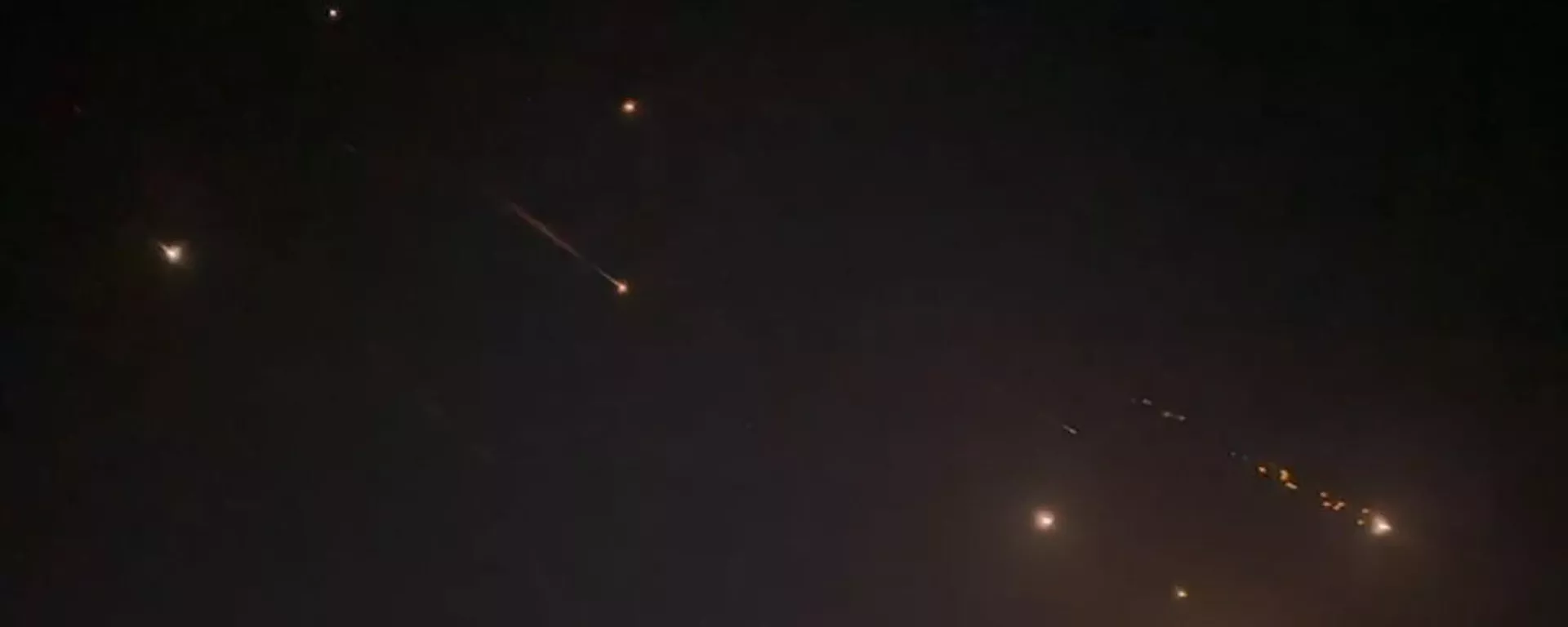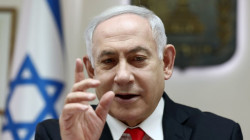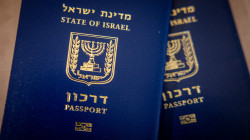Iranian attack: Insights from US-Israeli analysis

Shafaq News / The New York Times shed light on the details of the Iranian attack on Israel, stating that Iran launched 330 drones and missiles at Israel.
This comes in the aftermath of the Israeli strike on the Iranian consulate in Damascus on April 1st.
Quoting Israeli officials, the newspaper reported that Iran launched 185 unmanned aerial vehicles (UAVs), 36 cruise missiles, and 110 surface-to-surface missiles during the five-hour attack.
Meanwhile, Haaretz described it as "the first direct military attack by Tehran on Israel despite decades of hostility."
The Israeli military announced that it intercepted the majority of the missiles launched by Iran outside its borders, emphasizing its continued readiness to counter such threats.
Israeli sources reported that 99% of the missiles launched from Iran were intercepted by missile defense systems.
According to the New York Times, "Israeli security sources revealed that around 100 Iranian drones were intercepted away from Israel's borders by both the US and British air forces."
Israeli media outlets estimated the cost of intercepting Iranian attacks on Israel to be around "one billion dollars."
Late on Saturday, Iran launched explosive drones and fired missiles directly at Israel, marking its first direct assault. This retaliatory strike has heightened the threat of a broader regional conflict, with the United States pledging unwavering support for Israel.
Sirens blared across Israel as residents reported hearing distant explosions, likely stemming from aerial interceptions of explosive drones.
Some of the ballistic missiles from Iran targeted the "Nevatim" Air Base in the al-Naqab desert, according to reports from the Islamic Republic News Agency (IRNA) on Sunday.
IRNA noted that Israeli attacking jets had taken off from "Nevatim" to conduct the assault on the Iranian embassy in Syria.
Earlier statements from Iranian officials alleged that F-35 fighter jets were used in the attack, launching six missiles at the consular section of the Iranian embassy.
The Israeli military reported that the Iranian barrage, consisting of over 200 drones and missiles, caused minor damage to a single military facility.
Israel initially issued alerts to residents to prepare for shelter but later revised this stance, indicating that the immediate threat had subsided. Nonetheless, Israeli officials vowed a "significant response" to the attack, as tensions remain high in the region.
Rear Admiral Daniel Hagari, Israel's military spokesperson, revealed that Iran had launched numerous ground-to-ground missiles, most of which were intercepted outside Israeli borders. The successful interception, including cruise missiles, was described as a "strategic achievement."
"25 of the 30 cruise missiles were shot down by Israel." He added.
In turn, the Israeli army noted that the majority of aerial threats were neutralized, with only minor impacts reported at an Israeli base in the southern region.
Meanwhile, Iran's Islamic Revolution Guard Corps (IRGC) Aerospace Force declared a retaliatory operation named "Truthful Promise," targeting Israeli positions in what they term "occupied Palestine."
The IRGC's statement cited the operation as a response to perceived provocations by Israel, including the attack on the Iranian embassy in Syria.
The IRGC's Aerospace Force said the "Truthful Promise" was launched to "punish the criminal Zionist regime."





